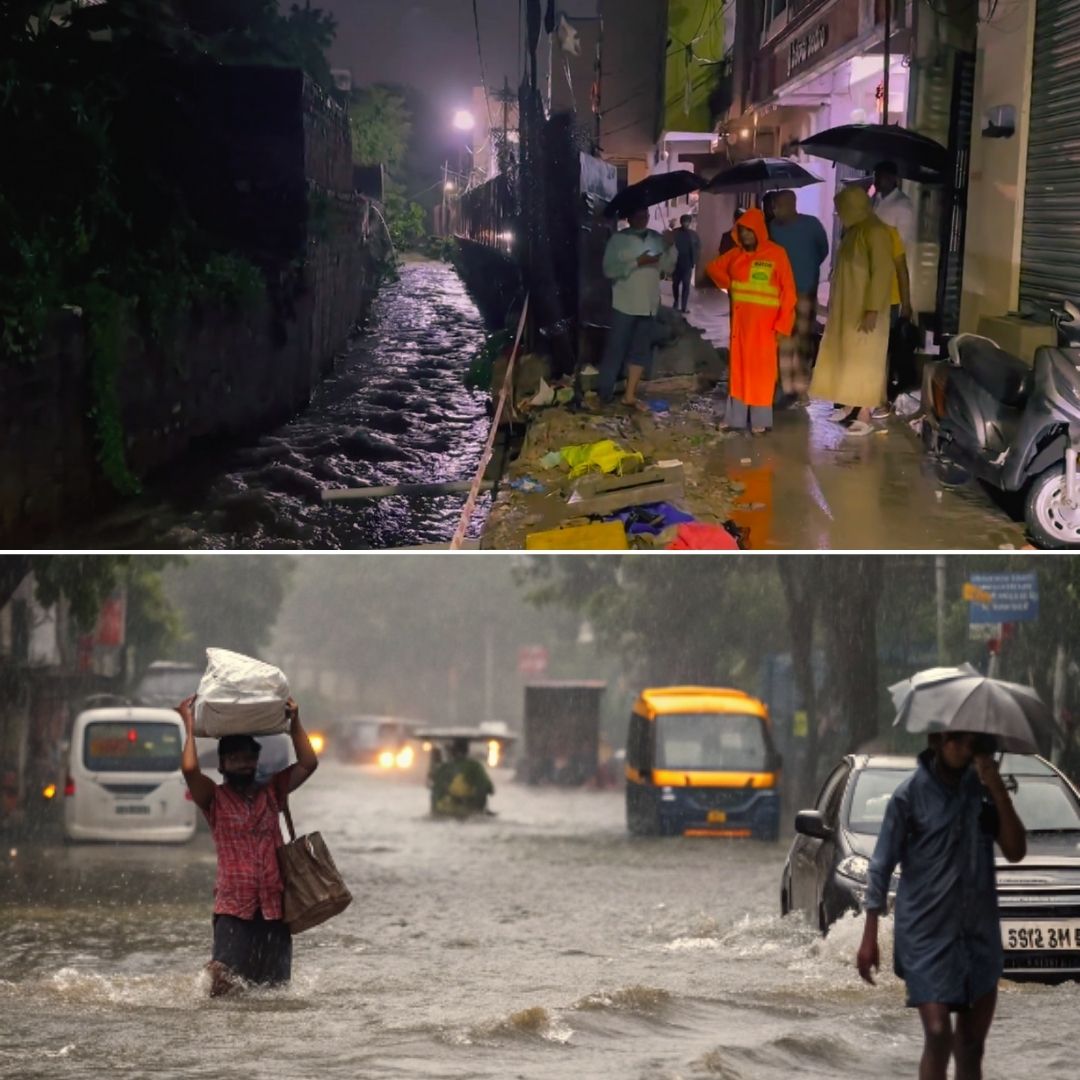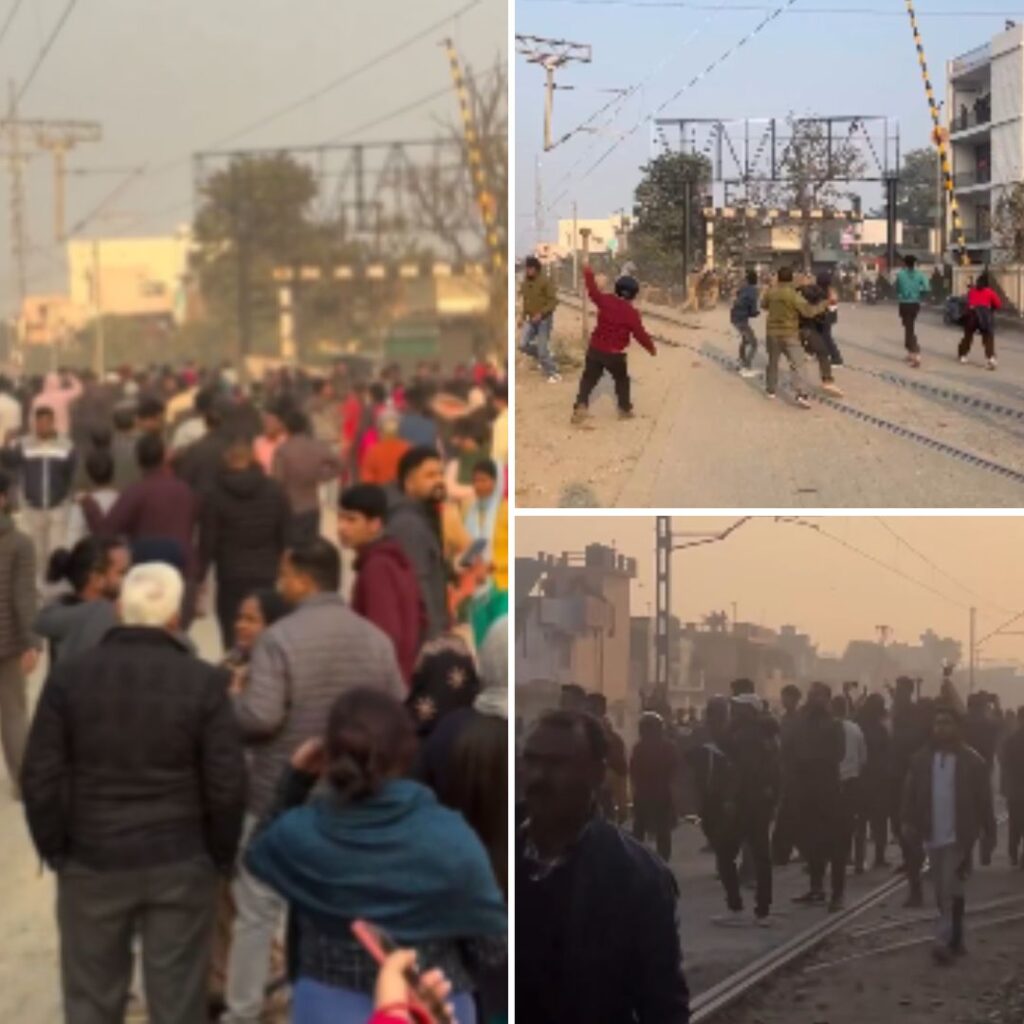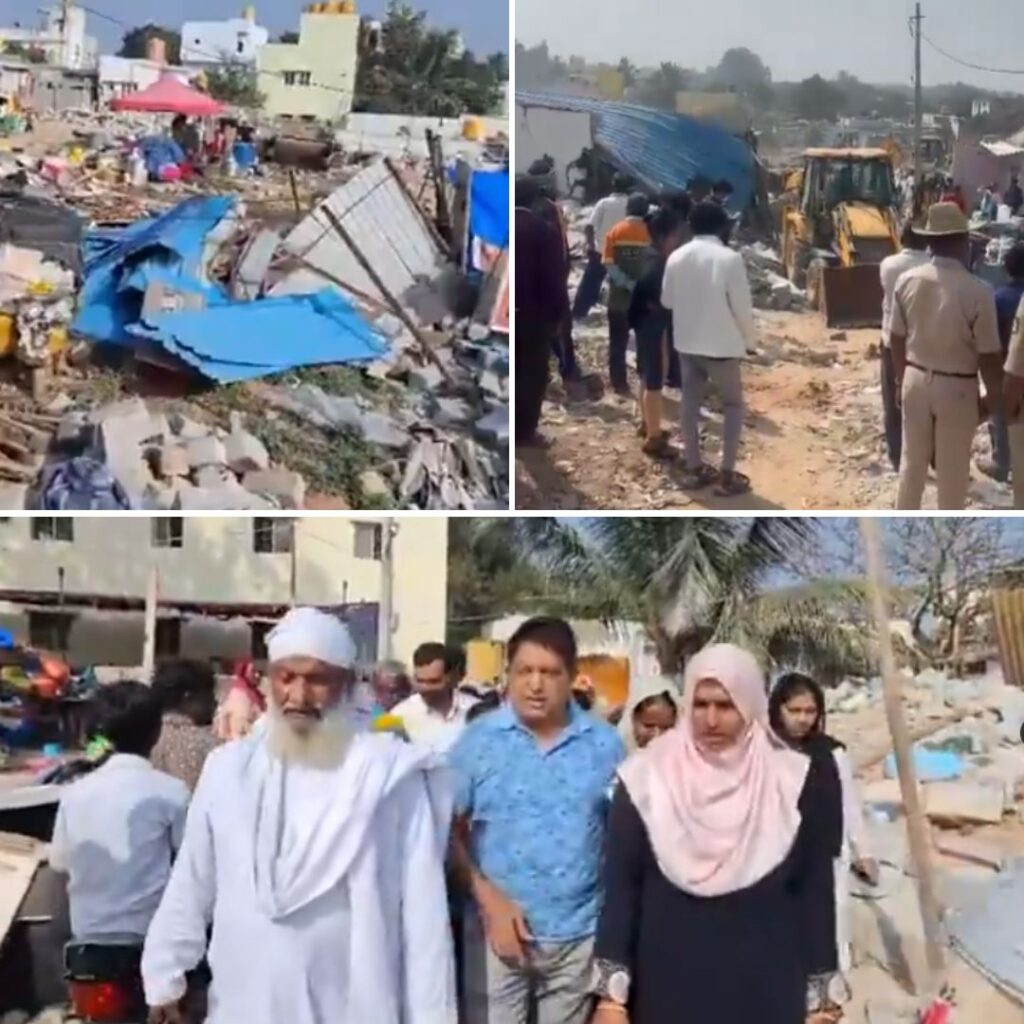On Thursday, August 7, 2025, Hyderabad was battered by a heavy monsoon spell that saw extremely high rainfall, Khajaguda Sports Complex recorded 123.5 mm, Srinagar Colony 111.3 mm, Khairatabad 108.5 mm, and Saroornagar 106 mm.
The sudden heavy rain overwhelmed the city’s drainage system, causing severe waterlogging in low-lying and key areas such as Madhapur, Gachibowli, Ameerpet, Punjagutta, and Kukatpally-KPHB corridor. Traffic ground to a halt on major routes, with commuters, especially two-wheelers, struggling amid knee-deep or more water.
Authorities, including GHMC, Hyderabad Police, Disaster Response Force (DRF), and HYDRAA, mobilised teams overnight to clear stagnant water and manage traffic. Chief Minister A Revanth Reddy, though in Delhi, stayed in constant touch with officials, instructing high alert and swift relief measures.
The India Meteorological Department (IMD) issued a yellow alert for continued rain and thunderstorms through the weekend, warning citizens to exercise caution.
Heavy Rainfall Wreaks Havoc on Roads and Infrastructure
The downpour was so intense that some weather experts likened it to a cloudburst, delivering over 100 mm of rainfall within hours in several localities. The flooded roads turned main corridors into virtual rivers, with two-wheelers washed away or stranded in water up to waist height.
Key commercial and IT sectors such as Madhapur, Gachibowli, and the IT hubs bore the brunt. In Manikonda, a boundary wall collapsed, thankfully without injuries. Water entered basements and parking areas of residential complexes, compounding woes for residents.
Power outages were reported in many affected localities. The Greater Hyderabad Municipal Corporation (GHMC) swiftly deployed disaster teams and police personnel to pump out water, clear debris, and set up barricades at flood-prone points.
Mayor Gadwal Vijayalakshmi personally inspected several critical locations and directed urgent drainage clearance and safety measures. Despite the chaos, emergency services worked tirelessly overnight to restore some normalcy.
Government and Meteorological Response Amid Ongoing Monsoon
Although the rains caused severe issues on August 7, Hyderabad’s overall monsoon rainfall remains slightly below average for the season, with GHMC area recording around 308.3 mm compared to a normal of 316.9 mm since June 1. The state’s rainfall is about 11% below normal, but such intense spells are putting pressure on urban infrastructure.
The IMD forecast continued moderate to heavy rain with thunderstorms through at least August 10, issuing yellow alerts and advising vigilance during evening and night hours. Authorities opened a gate at the Himayat Sagar reservoir to manage water inflows responsibly.
Chief Minister Revanth Reddy maintained close communication with top officials, directing preparedness of disaster management teams, traffic police, and municipal workers. Public advisories urged avoidance of non-essential travel in flooded and vulnerable zones.
The Logical Indian’s Perspective
The heavy rainfall and resultant flooding in Hyderabad bring to focus the urgency for building urban resilience through smarter, climate-adaptive infrastructure. While monsoons are inevitable, their human and economic toll can be minimised with enhanced drainage capacity, sustainable water management practices like green infrastructure, and increased citizen awareness.
The prompt response of civic bodies and police is commendable but indicative of the recurring challenges cities face globally amid changing climate patterns. Stronger dialogue between government agencies, experts, and citizens could foster innovative solutions and preparedness.
#HYDTPinfo #RainAlert
— Hyderabad Traffic Police (@HYDTP) August 7, 2025
Heavy Waterlogging reported at Dabeerpura Darwaza to Dabeerpura bridge. @shotr_mirchowk with #HYDRAA clearing the water by pump and regulating traffic. 🚧📷. Commuters are advised to avoid this route for sometime. #HyderabadRains #MonsoonSeason2025… pic.twitter.com/xZjyYvMOqr











